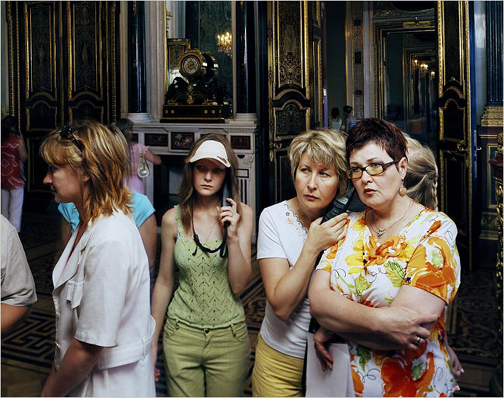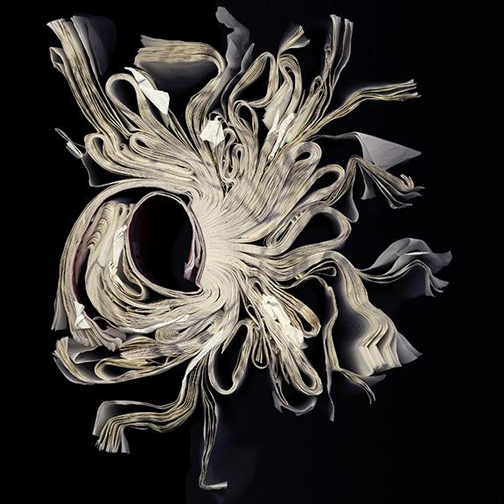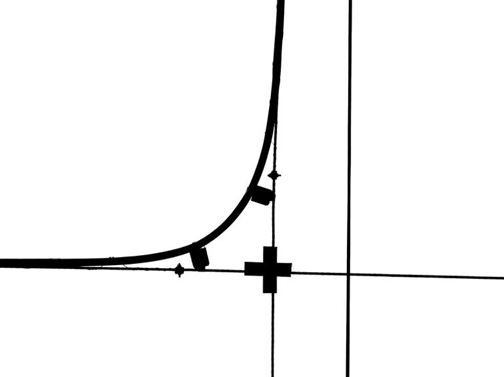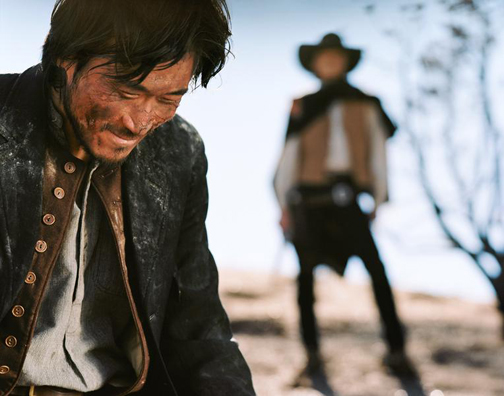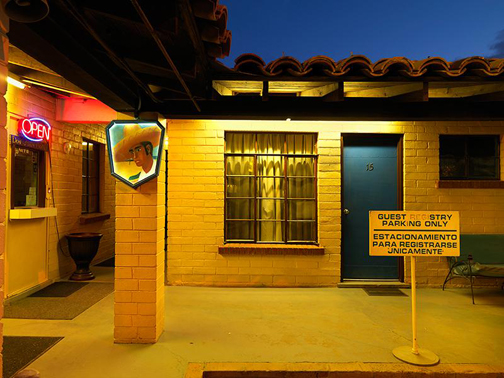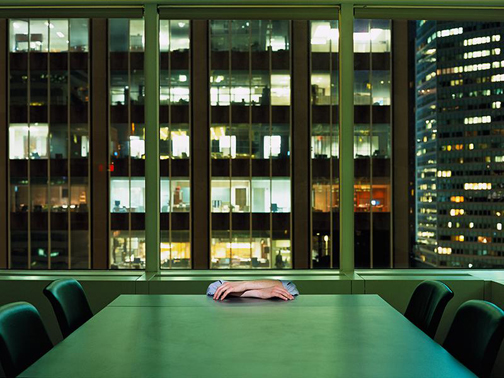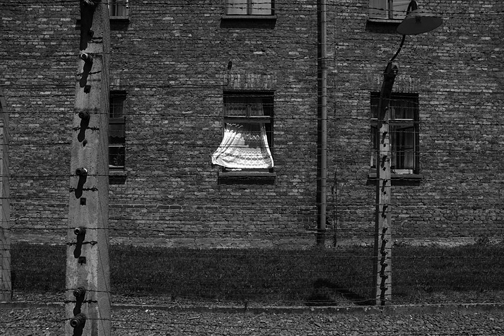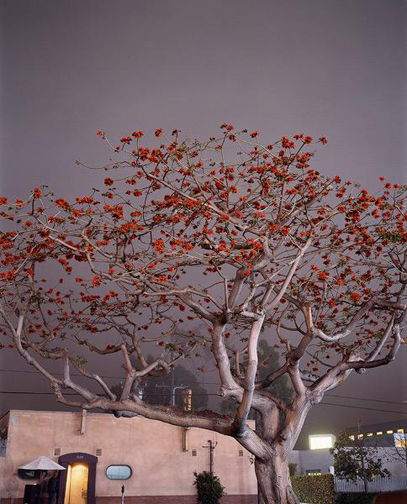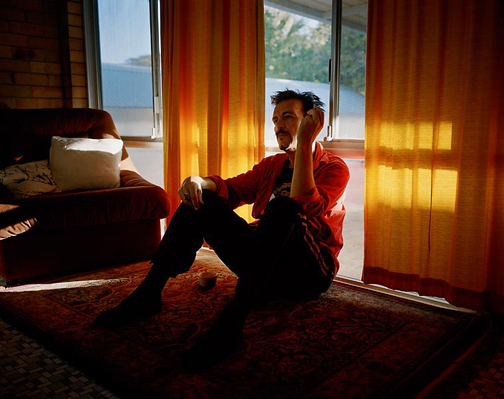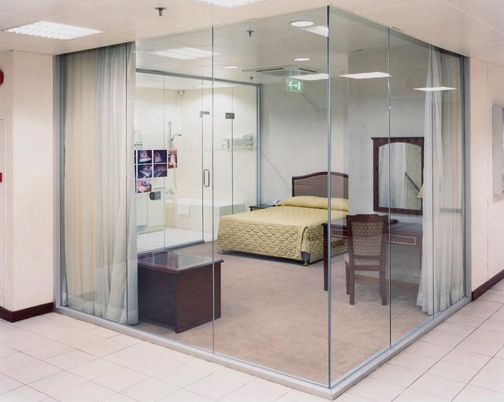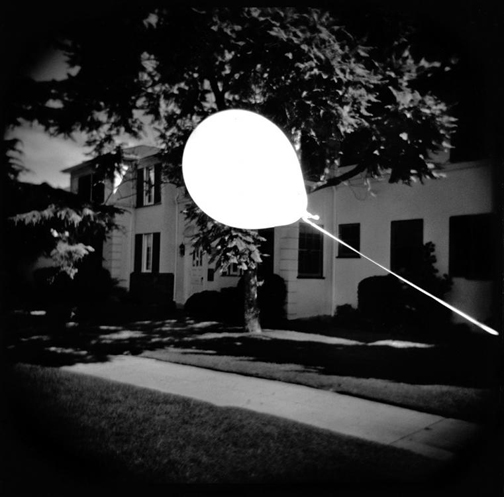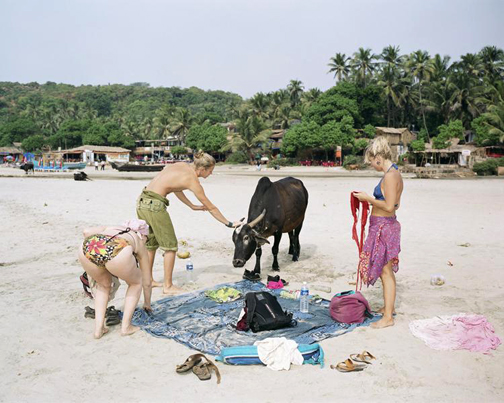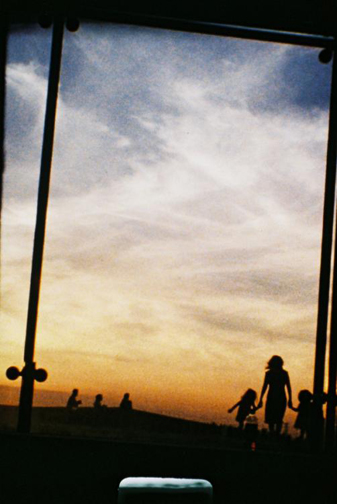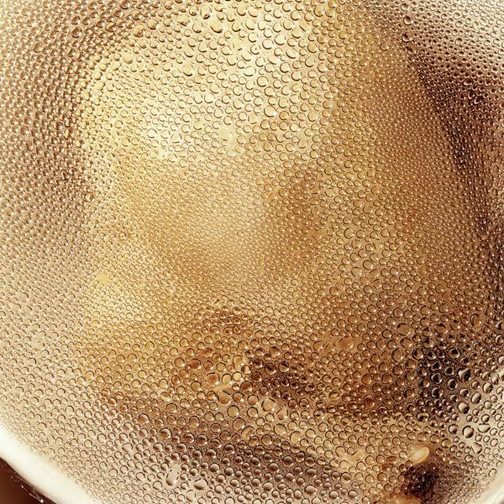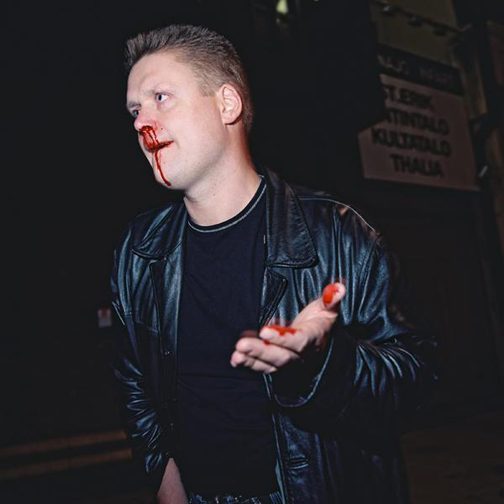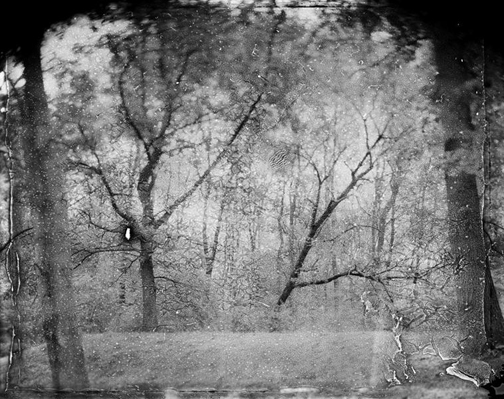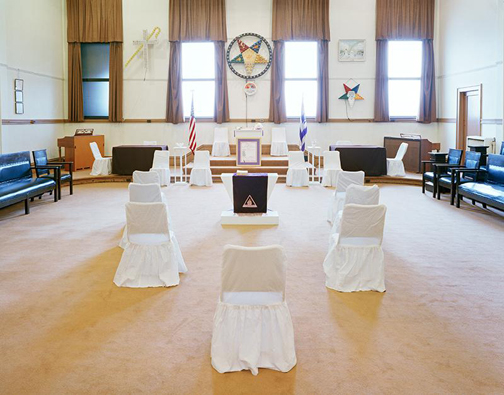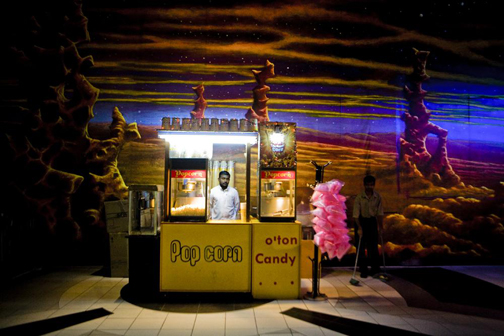A girl named Bice, someone’s ex-sister-in-law, and another named Lydia, someone else’s ex-secretary, asked him please to take a snapshot of them while they were playing ball among the waves. He consented, but since in the meanwhile he had worked out a theory in opposition to snapshots, he dutifully expressed it to the two friends:
“What drives you two girls to cut from the mobile continuum of your day these temporal slices, the thickness of a second? Tossing the ball back and forth, you are living in the present, but the moment the scansion of the frames is insinuated between your acts it is no longer the pleasure of the game that motivated you but, rather, that of seeing yourselves again in the future, of rediscovering yourselves in twenty years’ time, on a piece of yellowed cardboard (yellowed emotionally, even if modern printing procedures will preserve it unchanged). The taste for the spontaneous, natural, lifelike snapshot kills spontaneity, drives away the present. Photographed reality immediately takes on a nostalgic character, of joy fled on the wings of time, a commemorative quality, even if the picture was taken the day before yesterday. And the life that you live in order to photograph it is already, at the outset, a commemoration of itself. To believe that the snapshot is more true than the posed portrait is a prejudice…”
So saying, Antonino darted around the two girls in the water, to focus on the movements of their game and cut out of the picture the dazzling glints of the sun on the water. In a scuffle for the ball, Bice, flinging herself on the other girl, who was submerged, was snapped with her behind in close-up, flying over the waves. Antonino, so as not to lose this angle, had flung himself back in the water while holding up the camera, nearly drowning.
“They all came out well, and this one’s stupendous,” they commented a few days later, snatching the proofs from each other. They had arranged to meet at the photography shop. “You’re good; you must take some more of us.”
Antonino had reached the conclusion that it was necessary to return to posed subjects, in attitudes denoting their social position and their character, as in the nineteenth century. His antiphotographic polemic could be fought only from within the black box, setting one kind of photography against another.
“I’d like to have one of those old box cameras,” he said to his girl friends, “the kind you put on a tripod. Do you think it’s still possible to find one?”
“Hmm, maybe at some junk shop…”
“Let’s go see.”
The girls found it amusing to hunt for this curious object; together they ransacked flea markets, interrogated old street photographers, followed them to their lairs. In those cemeteries of objects no longer serviceable lay wooden columns, screens, backdrops with faded landscapes; everything that suggested an old photographer’s studio, Antonino bought. In the end he managed to get hold of a box camera, with a bulb to squeeze. It seemed in perfect working order. Antonino also bought an assortment of plates. With the girls helping him, he set up the studio in a room of his apartment, all fitted out with old-fashioned equipment, except for two modern spotlights.
Now he was content. “This is where to start,” he explained to the girls. “In the way our grandparents assumed a pose, in the convention that decided how groups were to be arranged, there was a social meaning, a custom, a taste, a culture. An official photograph, or one of a marriage or a family or a school group, conveyed how serious and important each role or institution was, but also how far they were all false or forced, authoritarian, hierarchical. This is the point: to make explicit the relationship with the world that each of us bears within himself, and which today we tend to hide, to make unconscious, believing that in this way it disappears, whereas…”
“Who do you want to have pose for you?”
“You two come tomorrow, and I’ll begin by taking some pictures of you in the way I mean.”
“Say, what’s in the back of your mind?” Lydia asked, suddenly suspicious. Only now, as the studio was all set up, did she see that everything about it had a sinister, threatening air. “If you think we’re going to come and be your models, you’re dreaming!”
Bice giggled with her, but the next day she came back to Antonino’s apartment, alone.
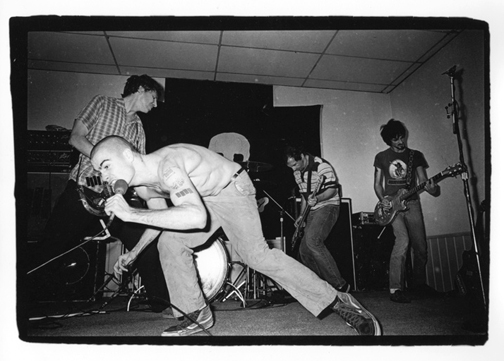 Bill Daniel, “Black Flag w/Henry Rollins,” 1981
Bill Daniel, “Black Flag w/Henry Rollins,” 1981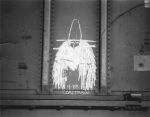 Daniel has also opened the archive to his classic Texas Punk Pioneers and Texas Skatepunks work from the early ’80s, which found the artist at basement and backyard shows for seemingly every important punk band of the era (Hello, young and skinny Henry Rollins. Aloha, Jello Biafra.), as well as poolside with skate legends like Jeff Phillips and Craig Johnson. I’ve geeked out on these photos many, many times, and I’m really excited that he’s selling 8×10 fiber prints of a lot of this work for $25. That’s crazy cheap, especially when the prints are being sloshed around stopbath and fixer under safelights, rather than rolling en masse off an inkjet printer. To check out these sweet pics, hit Daniel’s new print site, Tri-X-Noise.
Daniel has also opened the archive to his classic Texas Punk Pioneers and Texas Skatepunks work from the early ’80s, which found the artist at basement and backyard shows for seemingly every important punk band of the era (Hello, young and skinny Henry Rollins. Aloha, Jello Biafra.), as well as poolside with skate legends like Jeff Phillips and Craig Johnson. I’ve geeked out on these photos many, many times, and I’m really excited that he’s selling 8×10 fiber prints of a lot of this work for $25. That’s crazy cheap, especially when the prints are being sloshed around stopbath and fixer under safelights, rather than rolling en masse off an inkjet printer. To check out these sweet pics, hit Daniel’s new print site, Tri-X-Noise.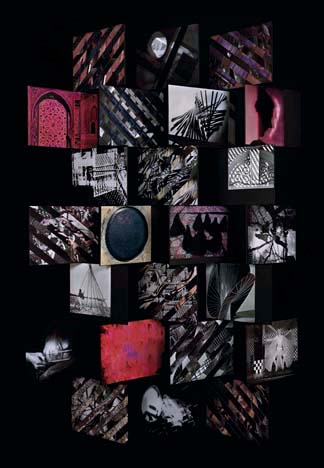
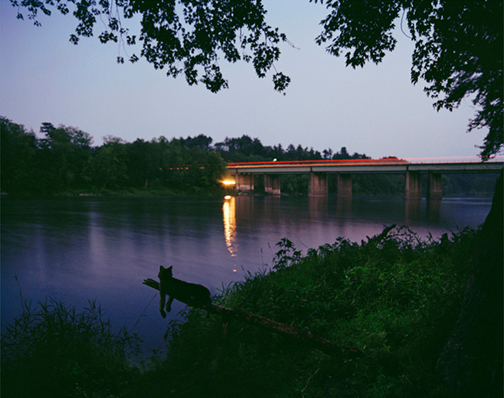 Amy Stein, “Riverside,” from the series Domesticated, digital C print
Amy Stein, “Riverside,” from the series Domesticated, digital C print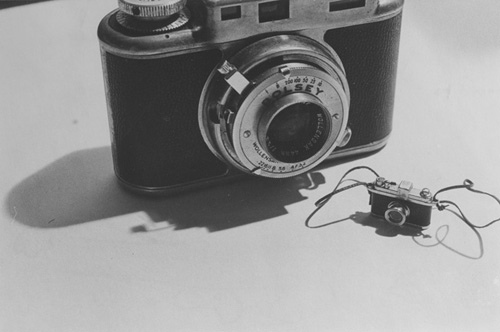
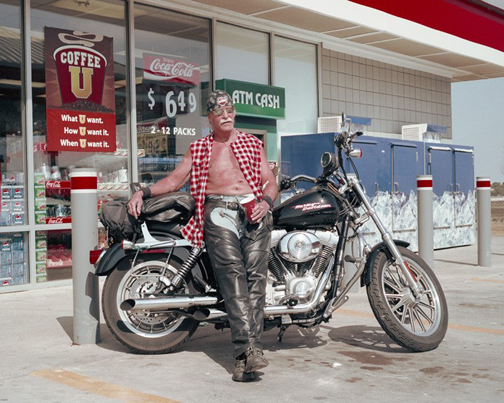
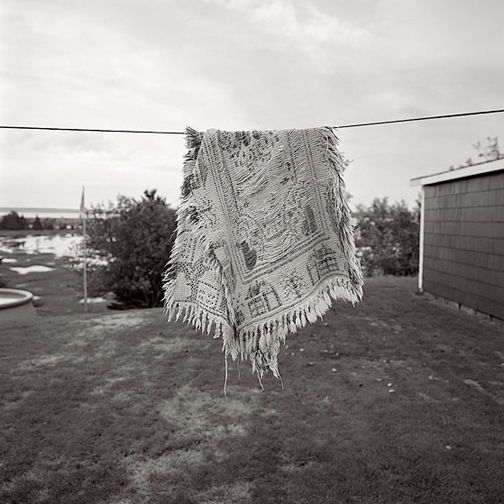
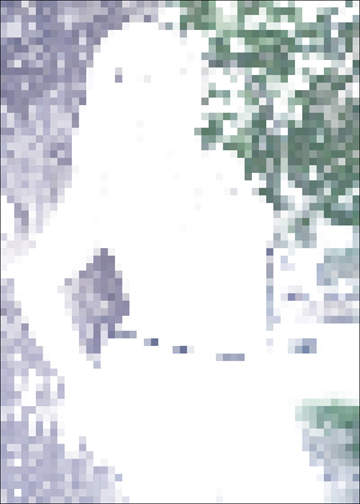
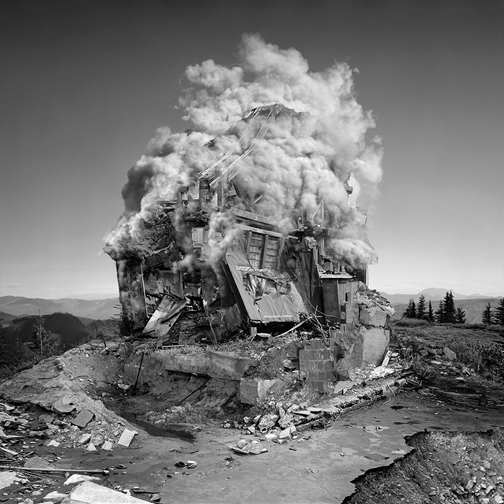 Jim Kazanjian, Untitled (Implosion), Archival Pigment Print, 2009
Jim Kazanjian, Untitled (Implosion), Archival Pigment Print, 2009 Chen Quilin, from the Garden series, 2007. From China Urban at Reed College.
Chen Quilin, from the Garden series, 2007. From China Urban at Reed College.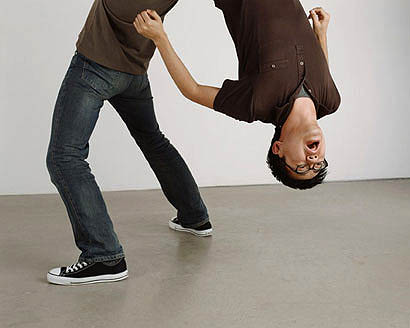
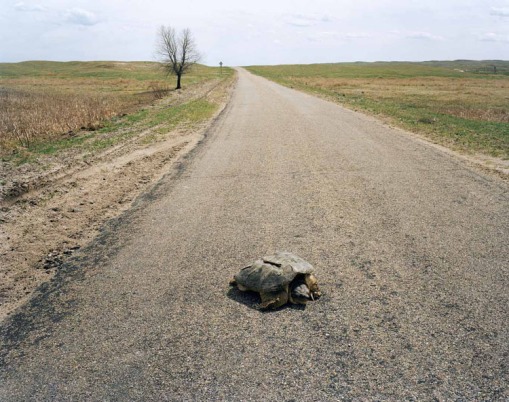 Peter Brown, “
Peter Brown, “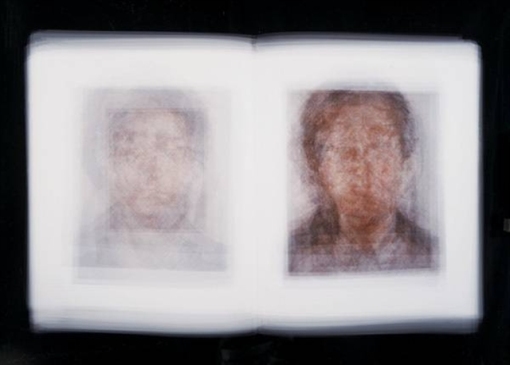
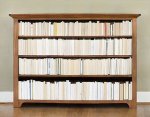
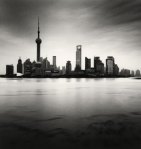
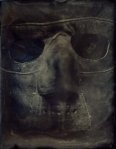
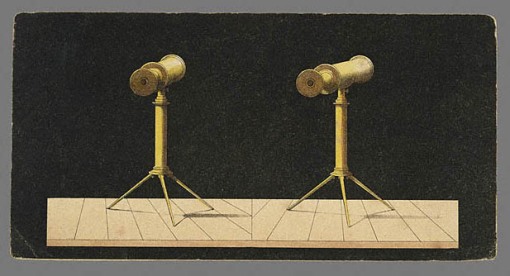 Stereograph Representing a Telescope, anon, c. 1862, from the
Stereograph Representing a Telescope, anon, c. 1862, from the 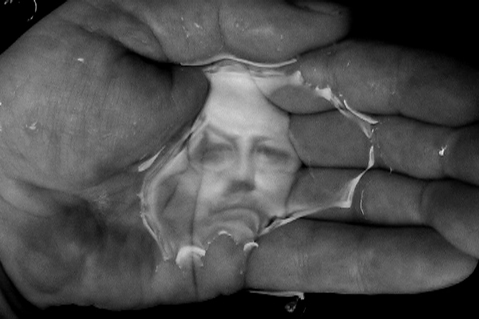
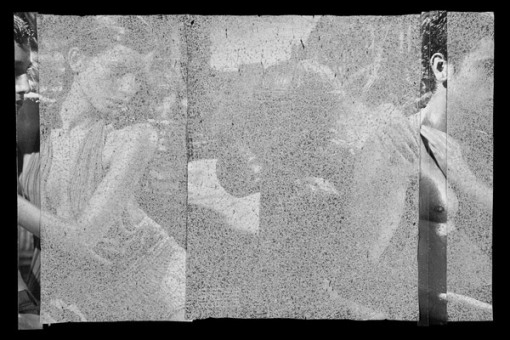
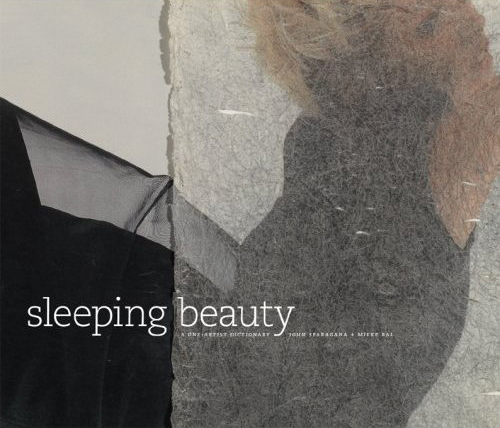
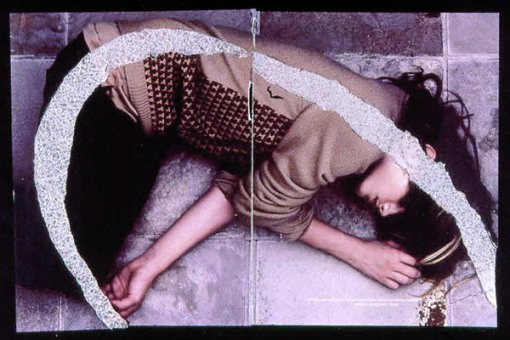 While it’s tempting to read this process as a simple, if violent, metaphor for media critique, this interpretation doesn’t account for the countless hours of tender attention Sparagana spends on each work, nor does it address the erotic allure of his primary imagery. These elements are made clearer in later works, where the artist collages distressed images with their pristine orginals, creating—as Bal rightly points out—”interventions” in the manufactured seduction of the fashion spreads. These disruptions jolt our attention, scattering our attention onto three simultaneous fields of meaning: the glamorous pull of the original image; the fragile tactility of the distressed areas; and the startled awareness of the original’s complex visual and cultural coding. It becomes a visual experience whose closest analogy is the short moment when, awakening from a dream, one tries to fall back asleep so that the rewards and riches of our slumbering fantasties might manifest themselves completely.
While it’s tempting to read this process as a simple, if violent, metaphor for media critique, this interpretation doesn’t account for the countless hours of tender attention Sparagana spends on each work, nor does it address the erotic allure of his primary imagery. These elements are made clearer in later works, where the artist collages distressed images with their pristine orginals, creating—as Bal rightly points out—”interventions” in the manufactured seduction of the fashion spreads. These disruptions jolt our attention, scattering our attention onto three simultaneous fields of meaning: the glamorous pull of the original image; the fragile tactility of the distressed areas; and the startled awareness of the original’s complex visual and cultural coding. It becomes a visual experience whose closest analogy is the short moment when, awakening from a dream, one tries to fall back asleep so that the rewards and riches of our slumbering fantasties might manifest themselves completely.